New York Harbor NSF STEM Project Design Week, Part 2
Dylan Taillie ·On Friday, June 19th, Judy O’Neil, Suzi Spitzer and I had our final exciting stop on a three-day trip to New York City that so far had been lively, productive, and engaging. This was the day of the inaugural BOP STEM Symposium out at Governors Island, what was to be a massive gathering of middle and high school students, teachers, and partners on the STEM project. This event helped to finally put some faces (all smiles) to the work that we have been doing over the past few months.
We took the ferry over to Governors Island just past 9am in order to find the Admiral’s House where the symposium was to be held.
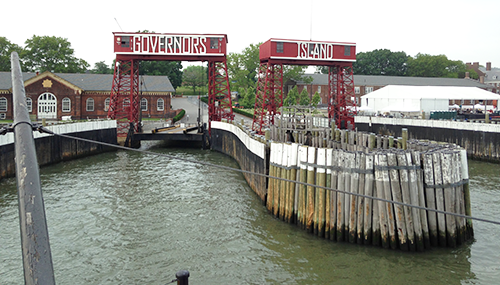
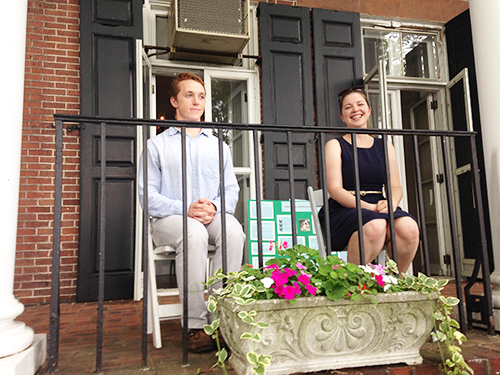
We set up a conceptual diagram creation workshop with two computers allowing students to add symbols of NY-Harbor centric fauna, inputs, and human impacts to a NY Harbor background in order create an example of a healthy estuary vs. that of an unhealthy estuary.
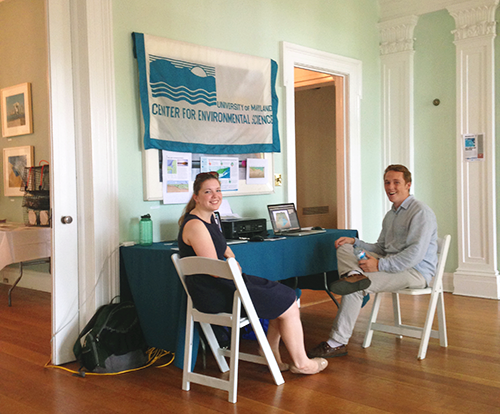
Students and teachers alike were intrigued by the creation of conceptual diagrams and many students printed out the diagrams they made. Teachers were excited about the prospect of using our IAN online diagram creator in their lesson plans throughout the year and students suggested additional NYC symbols such as submarines, nuclear power plants, and cars.
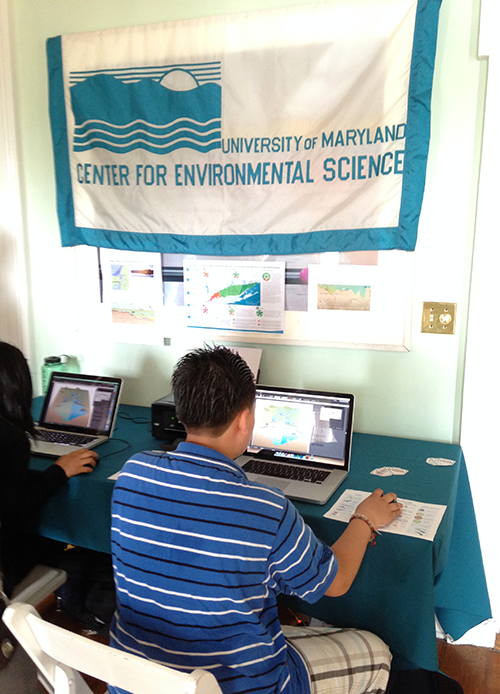
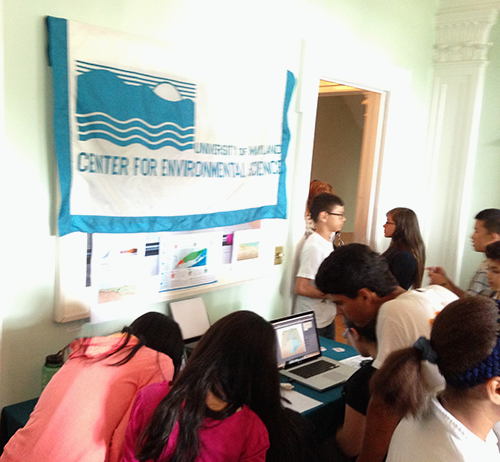
A few students from the Harbor School of Governors Island, a New York City public high school devoted to the study of marine studies, set up posters explaining various research projects based on STEM curriculum that they had done as part of their Marine Biology and Aquaculture classes. Andrew Summer, for example, did his final project on Invertebrate Growth on Porcelain Tiles, testing whether NYC’s 800,000 soon to be discarded toilets could possibly be a good hard substrate for oysters and other invertebrates to settle on.

Also set up at the symposium was a few of our friends from The River Project who had examples of the very oyster cages that will be used in the NSF STEM project’s restoration stations, that will involve both middle school students as well as Citizen Scientist groups. They also showed off some homemade microscopes that incorporated two pieces of glass, a cell phone camera, and some wood all put together to make viewing phytoplankton and small invertebrates much simpler and more affordable for students and teachers.

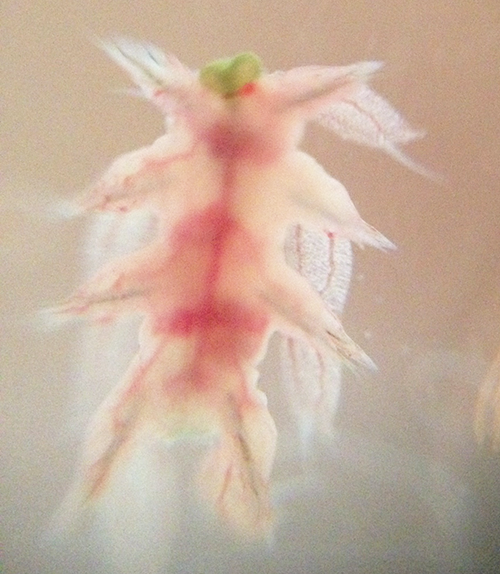
Throughout the whole day students were taken on tours showing the different stages of the lifecycle of the Billion Oyster Project. From the Hatchery (Stage 1) to Shell Recycling (2), to Remote Setting (3), to Growing Out (4), and finally to Reef Building (5), students trekked all around the island to see how the project works.

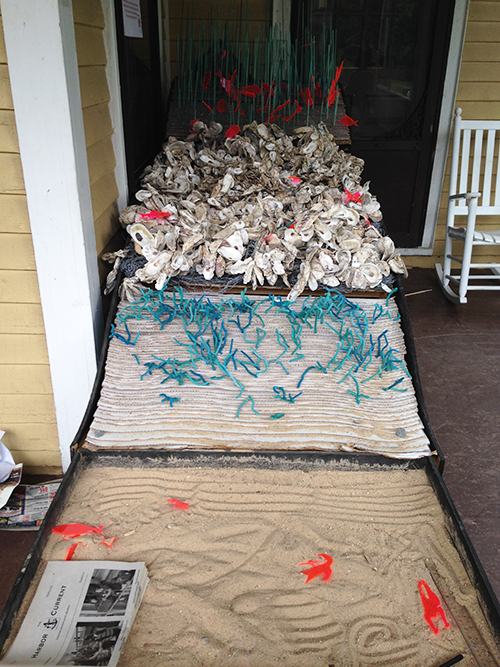
Students enjoyed a lunch on the water before getting pumped up for the event of the day: a performance of an original play, entitled ‘Salty Folk’ by the environmentally oriented musical group ‘Superhero Clubhouse’. This one act musical, with original songs and script incorporated accurate science, history, as well as Shakespeare. It appeared to be a hit for both the students and adults.
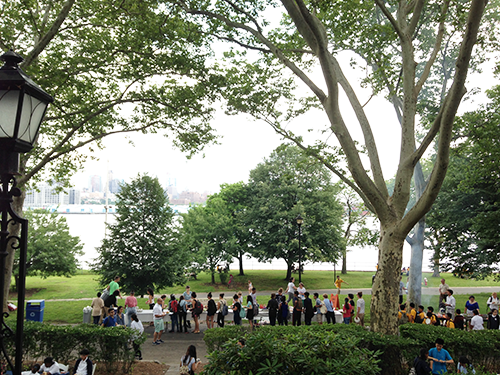

Superhero Clubhouse first took us on a detailed and fun voyage through time beginning with Henry Hudson sailing into the pristine NY Harbor in 1609 and culminating in the present day exploitation of oysters and poor state of the harbor. Next each member of the group became a personified oyster, one of whom was recently set down by an ecologist and had a dream of oysters like her becoming abundant yet again in the harbor. After much arguing and yet another trip through time, she convinced the older, more pessimistic oysters to help her clean the harbor and a trip to the future showed oyster reefs so abundant, real estate was hard to find. As one can imagine, this was a wonderful culmination of the NY BOP STEM symposium and truly a treat for us.
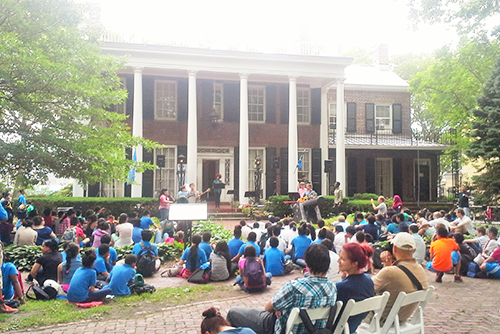
We had a few spare hours to let traffic die down on Friday, so we saw a little more of the sights afterwards.
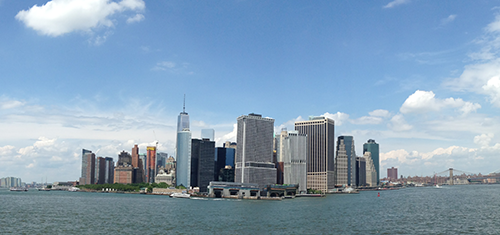
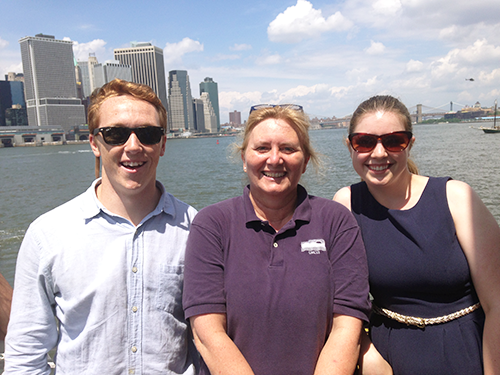
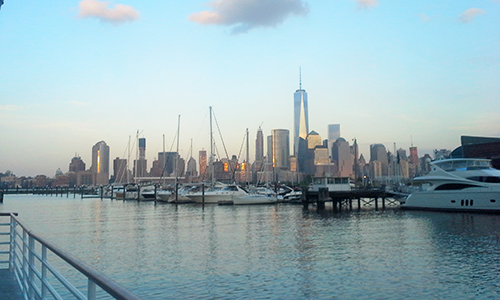
About the author
Dylan Taillie

Dylan is a Science Communicator with IAN. He has experience in various areas of visual information, science communication and technical analyses. Strengths in data management, environmental assessment and stakeholder engagement. He has worked with IAN in various positions since 2016 and enjoys fishing and hiking.